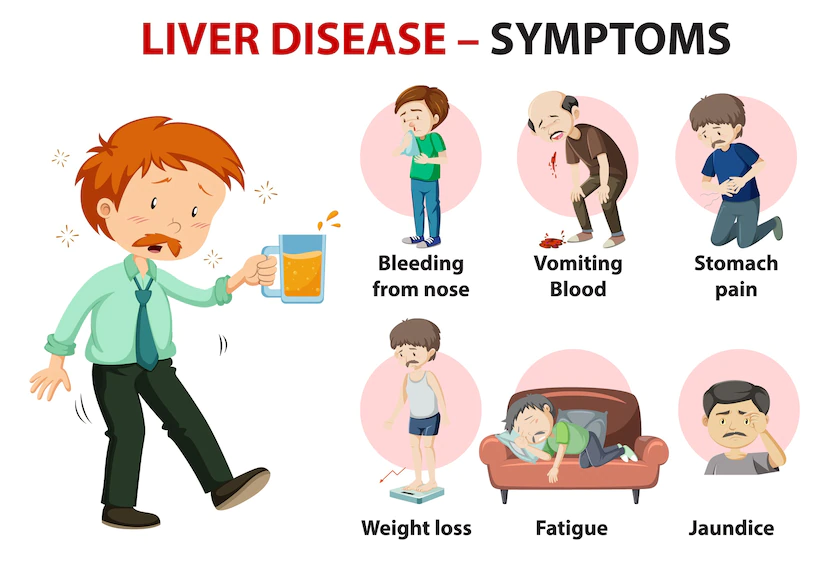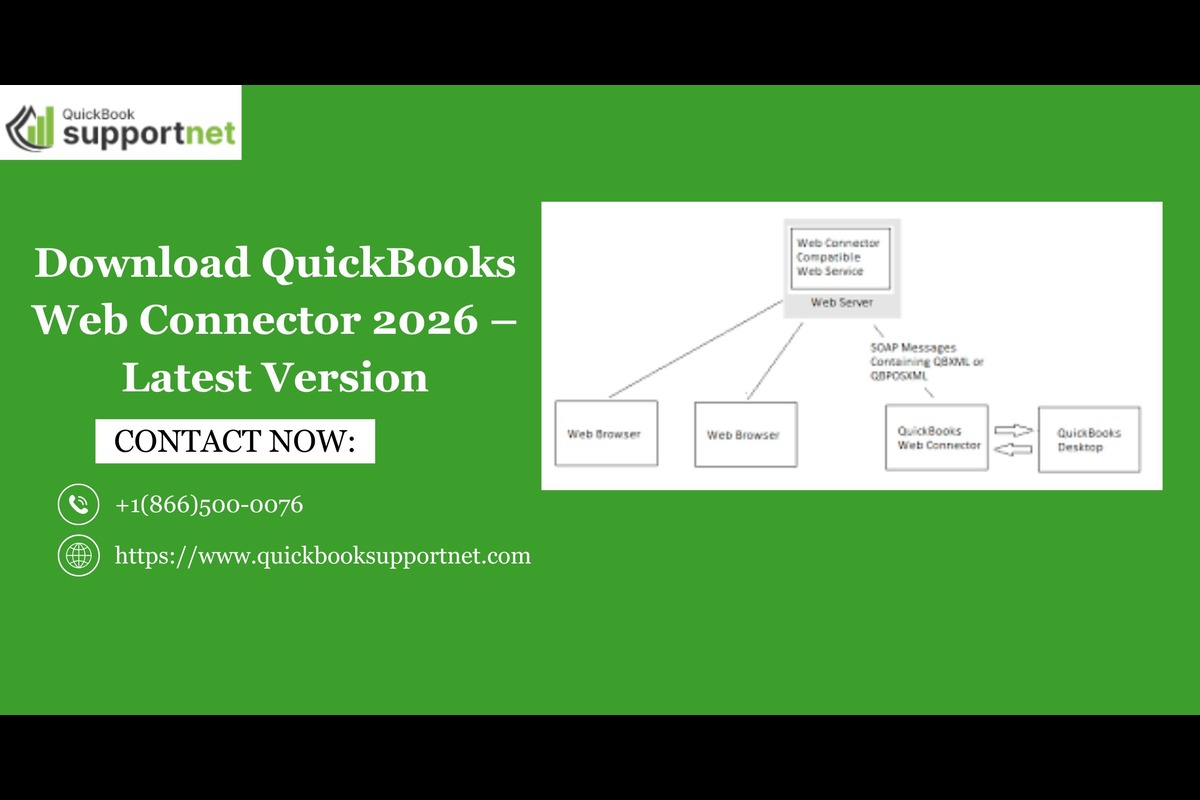
What Are The Different Types Of Fiori Applications?
- Pankaj Sharma
- Education
- 2025-07-24 11:41:04
- 970K
Introduction
SAP Fiori changes the way users use SAP systems. It offers a role-based, tidy, and straightforward experience. Fiori applications enable users to execute assignments more quickly and with more precision. Based on their design and function, SAP sorts these applications into several categories. Refer to the SAP Certification Course for more information. Every sort fulfils a distinct commercial demand. Knowing the different kinds of Fiori apps lets teams choose the appropriate instruments. It also helps the company with better planning and streamlined processes.
Fiori Overview
User experience for SAP products is provided by SAP Fiori, a framework. It is a role-based, simple, and responsive design available on desktops, tablets, or smartphones. Fiori apps enable users to finish tasks more rapidly with fewer clicks. The design has a simple navigation and a consistent pattern. It increases production by means of intuitive functions. Fiori was created by SAP utilizing current web technologies like HTML5 and JavaScript. The interface seems simple and clear to use. Real-time business activities benefit from Fiori. Businesses utilize it to improve the user-friendliness of SAP systems. It saves staff training time. Both on-premise and cloud solutions are handled by Fiori. Developers can easily personalize or enhance applications. Generally, Fiori enhances user engagement with SAP.
Different Types Of Fiori Applications
In SAP systems, SAP Fiori apps aim to simplify the user experience. These programs are developed according to a role-based framework. Every kind of Fiori app serves certain business demands. Based on their purpose and technological basis, SAP categorizes these applications into three categories. Knowing the distinctions between these forms enables companies to choose appropriate apps. Furthermore, helps designers select the appropriate tools for modifying or creating their own projects.
- Transactional Applications
SAP developed transactional apps so that consumers could quickly carry out business chores. These actions include approving purchase orders or drafting leave requests. Apps target one job at a time. Users are not burdened with excessive screen options or excessive. Starting and completing a job takes just a few clicks. One can join the SAP Course Online for complete guidance. Usually connecting to back-end systems like SAP ERP or SAP S/4HANA, transactional apps. The process handles the task in real time. When the user needs to input or change data, these apps perform best. Many developers use SAPUI5 to create them. With only important fields, the applications have a clean layout. Guiding users step-by-step helps them to increase productivity and lower mistakes.
- Analytical Applications
Analytical programs let users see crucial performance indicators and business metrics. They enable decision-makers to swiftly respond, identify problems, and track trends. Large datasets are processed in real-time by SAP with sophisticated tools, including SAP HANA. To clarify company performance, the apps present graphs, charts, and tables. Reports let users drill down to find the underlying causes of problems. The aim is to offer understanding rather than just facts. These applications enable managers to monitor corporate objectives without having to alternate between systems. They can keep an eye on sales revenue, inventory levels, or employee performance, among other things. Pre-built dashboards by SAP save setup time as well. Users can filter data by geographical area, product, or time frame. This enhances strategic planning and daily control.
- Fact Sheet Applications
Object facts in SAP systems are shown in detail by fact sheet apps. Customers, suppliers, goods, or employees could all be included in these things. Users can search for an item and view all connected information on one screen. Links to other relevant applications might also be supplied by the app. By preventing users from switching among systems, this saves time. To support fact sheet applications, SAP utilizes Enterprise Search and SAP HANA. Users are not required to manually start transactions. They can click on an item to examine its linked documents, history, or status. Viewing data benefits from these apps; altering not so much. Businesses utilize them to increase visibility and cut back on hand lookups. When users have a complete view of an object's features, they can make quicker judgments.
- Smart Business Applications
As a development of analytical applications, SAP launched Smart Business apps. These programs offer real-time KPIs with the ability to act right away. Should a value pass a threshold, the program proposes an action. Users may also be able to drill down and start another app. Check the SAP Coaching in Hyderabad for complete guidance. For speed, these apps closely collaborate with SAP HANA. By fusing knowledge and action, they enable business users to bypass delays. For instance, a sales manager could notice decreasing orders and immediately call the responsible team. These applications help with challenging business situations where timing is crucial.
Conclusion
Simplicity and speed are provided to SAP systems with Fiori applications. Every app category supports users to work differently. Transactional apps prioritize task completion. Analytical applications aim for insights; fact sheet apps enable rapid lookup; Smart Business applications blend both insights and activities. Businesses that connect app categories to user needs provide a smooth and efficient experience.
Leave a Reply
Please login to post a comment.












0 Comments